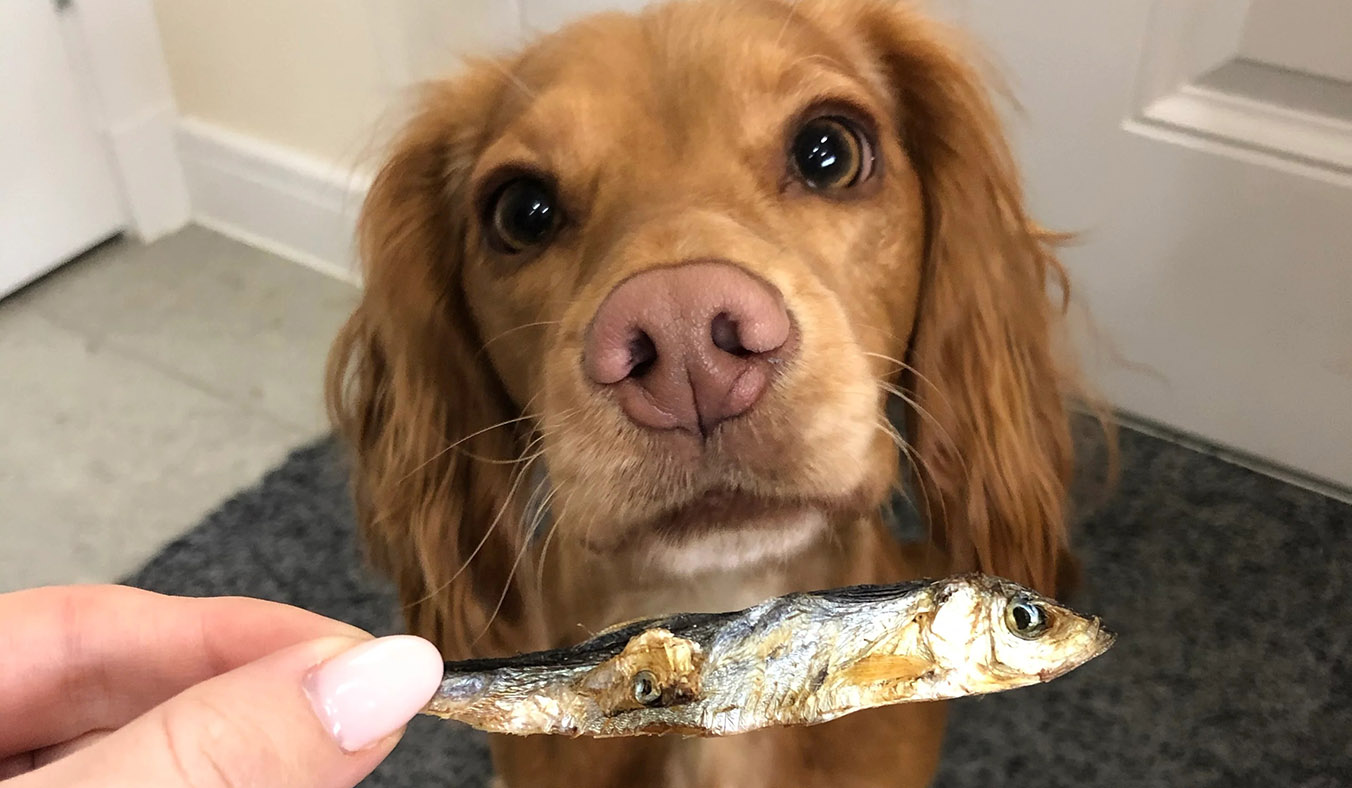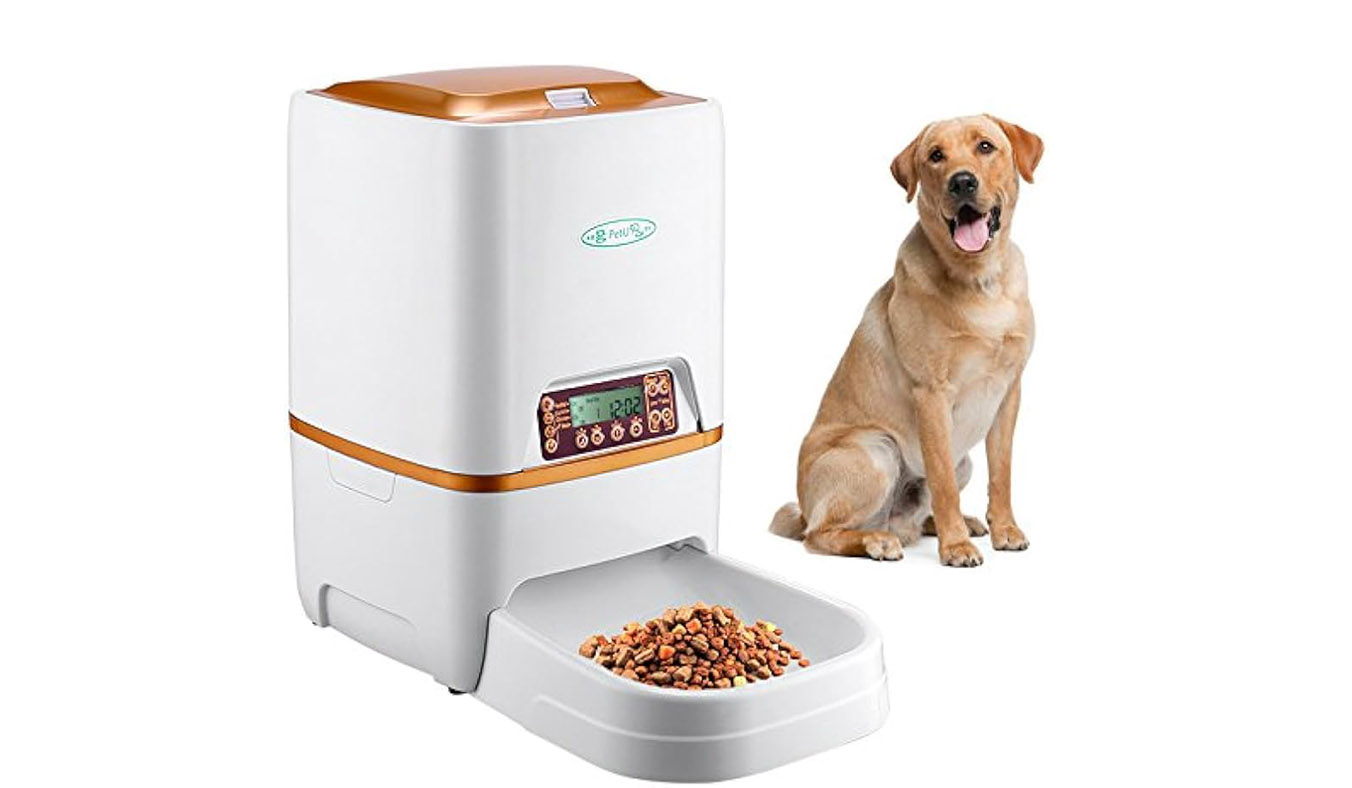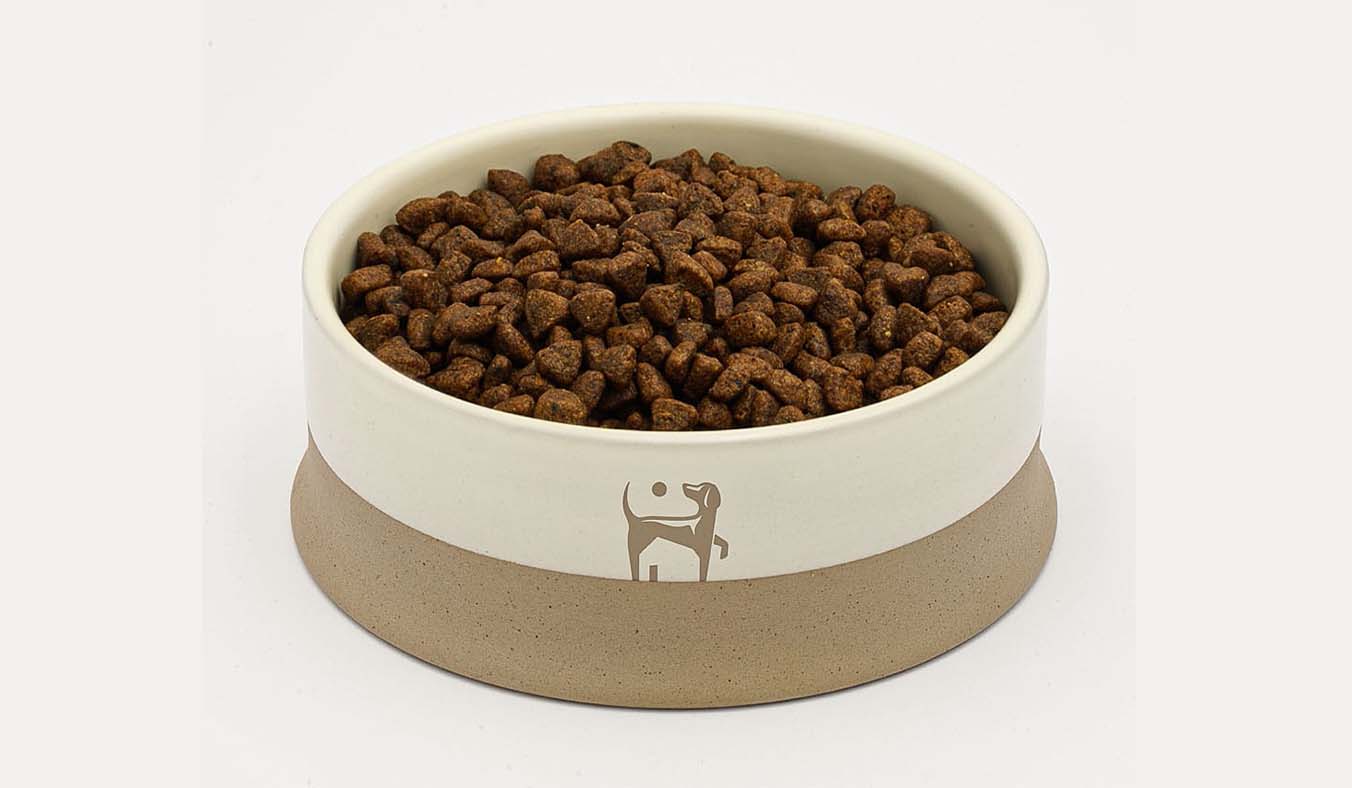Fish is an excellent source of protein, vitamins, minerals, and, most importantly, omega-3 fatty acids, which are vital for the proper functioning of the body. But is it safe for dogs to eat fish? The answer is yes, but there are several rules to follow to ensure your furry friend stays healthy.
Nutritional Benefits of Fish for Dogs
- Rich in Protein
Fish meat is an excellent source of high-quality animal protein, essential for building and maintaining muscle mass and overall health. Proteins derived from animal sources are the most bioavailable for dogs, making fish a great option. - Packed with Omega-3 Fatty Acids
Fish is rich in omega-3 fatty acids, which improve skin health, enhance coat shine, support cardiovascular health, and promote brain and nerve function. Omega-3s also have anti-inflammatory properties, making them beneficial for dogs with arthritis or allergies. - Abundant in Vitamins and Minerals
Fish contains vitamins A, D, and E, as well as B-complex vitamins. These support everything from immune function and vision to energy metabolism and healthy skin. Additionally, fish is a good source of essential minerals like iodine, selenium, and phosphorus. - Low Allergenic Potential
Fish is an excellent alternative for dogs allergic to common protein sources like chicken, beef, or pork. Many dogs with food sensitivities benefit from a fish-based diet, as it often reduces allergy-related symptoms like itching or digestive upset.
Can Dogs Eat Fish?
Yes, dogs can eat fish, but it’s crucial to follow these basic rules:
- Moderation is Key
Fish should not form the sole basis of your dog’s diet unless you are following a carefully balanced BARF (Biologically Appropriate Raw Food) plan. For most dogs, fish is best given as an occasional treat or a supplemental protein source. - Opt for Safe Species
Certain fish species are safer for dogs because they lack harmful substances like thiaminase, which breaks down vitamin B1. For example:
Safe Fish: Salmon, trout, cod, halibut, flounder, and mackerel.
Fish to Avoid: Carp, herring, sprats, and shark. - Cook Fish Properly
Cooking fish eliminates harmful substances like thiaminase and trimethylamine oxide (which can impair iron absorption). Always cook fish thoroughly before serving it to your dog. - Debone Carefully
Always remove bones from fish to avoid choking hazards or digestive injuries. Soft, tiny bones may be ground up and mixed with the meat, but hard bones should be discarded entirely.
Which Fish Are Safe for Dogs?
• Recommended Fish:
These species are safe, as they don’t contain harmful levels of thiaminase or other toxins:
Salmon
Trout
Halibut
Cod
Flounder
Pike

• Fish to Avoid:
These species contain higher levels of thiaminase or other potentially harmful compounds, so they should only be given in moderation or avoided entirely:
Carp
Shark
Herring
Catfish
Sprats
Raw Fish and Its Risks
Raw fish may contain harmful parasites, bacteria, and substances like trimethylamine oxide, which inhibits iron absorption and may lead to anemia. To minimize risks:
- Cook fish thoroughly to kill parasites and deactivate harmful compounds.
- Avoid serving raw fish like haddock or merlu.
What About Smoked Fish?
Smoked fish, such as smoked salmon or mackerel, is not safe for dogs. These products often contain high levels of salt, artificial flavorings, and preservatives, which can upset a dog’s digestive system and harm their long-term health.
Fish-Based Treats for Dogs
If you’re short on time or unsure how to prepare fish for your dog, consider buying ready-made fish treats or food. Many brands offer safe, high-quality fish-based options that deliver the same nutritional benefits.
The form in which fish is given to a dog can vary based on the type of fish and your pet’s preferences. However, this raises an important question: is cooked fish better than raw fish for your dog? The answer is not entirely straightforward. While many proponents of the BARF (Biologically Appropriate Raw Food) diet prefer feeding raw fish to their dogs, it’s critical to remember that some raw fish may contain harmful substances, like thiaminase or trimethylamine oxide, which can pose risks if consumed in large amounts.
Cooked vs. Raw Fish: Weighing the Pros and Cons
- Cooked Fish: Cooking fish eliminates harmful bacteria, parasites, and toxic substances like thiaminase and trimethylamine oxide. It also makes the fish easier to digest for your dog. However, overcooking fish can lead to a loss of valuable nutrients such as omega-3 fatty acids and some vitamins. When cooking fish for your dog, avoid adding salt, spices, or any seasoning that could harm their health.
- Raw Fish: Raw fish preserves nutrients better but comes with risks of bacterial contamination and the presence of harmful enzymes. If you opt for raw fish, make sure it’s sourced from reputable suppliers and frozen for a minimum of 24 hours to kill parasites. Only offer raw fish from species that are safe for canine consumption, like salmon or trout, and avoid species known for high thiaminase levels.
Safe Storage and Preparation Tips
• Always store fish properly in a refrigerator or freezer to prevent spoilage.
• Wash fish thoroughly to remove any contaminants before feeding it to your dog.
• Remove all bones, as even small ones can pose a choking hazard or damage your dog’s digestive tract.
• Portion the fish appropriately based on your dog’s size and dietary requirements.
Fish-Based Dog Food as an Alternative
Today, there are plenty of commercially available fish-based dog foods that offer a safe and balanced alternative. These products are formulated to meet your dog’s nutritional needs without the hassle of preparation. Look for high-quality options with minimal additives and avoid brands that use fillers or artificial preservatives.
Supplements as an Option
If your dog does not enjoy fish or if you prefer not to include it in their diet, there are other ways to provide them with the benefits of fish-derived nutrients. Fish oil supplements, such as salmon oil or krill oil, are an excellent source of omega-3 fatty acids and can be added to your dog’s meals. These supplements promote a shiny coat, healthy skin, and overall well-being.

Things to Keep in Mind
• Every dog is unique, and what works for one may not work for another. Monitor your dog’s reaction when introducing fish into their diet. Watch out for signs of allergies or digestive issues, such as vomiting, diarrhea, or itching.
• Consult your veterinarian before making significant changes to your dog’s diet, especially if your pet has pre-existing health conditions or is on a specialized feeding plan.
• While fish can be a valuable addition to a dog’s diet, it is not an absolute necessity. Dogs can thrive on well-balanced diets that include other protein sources, fruits, and vegetables.
In conclusion, fish can be a nutritious and beneficial treat or meal for your dog when prepared and served correctly. Whether you choose to incorporate it as a regular part of their diet or as an occasional treat, always prioritize safety, quality, and balance to ensure your furry friend’s health and happiness.
Should Dogs Eat Fish?
Yes, dogs can enjoy fish as part of a balanced diet, provided it is prepared properly and given in moderation. Cooking the fish, avoiding harmful species, and removing bones are essential steps to keep your dog safe. Fish can be an excellent protein source, especially for dogs with allergies, and offers numerous health benefits.
However, every dog is different, and some may not tolerate fish well. Be observant of your dog’s reaction and consult your vet if you notice any signs of discomfort or allergies. With proper care, fish can be a tasty and nutritious addition to your dog’s diet!



